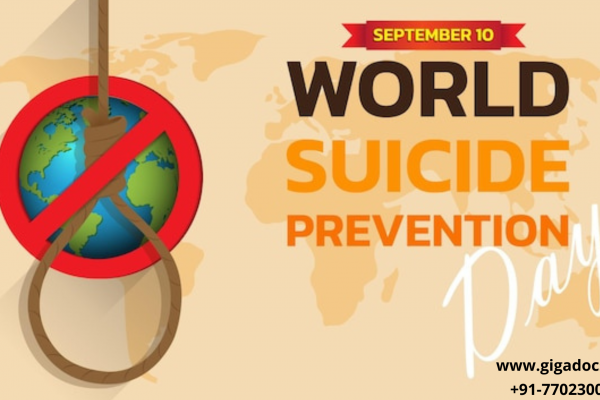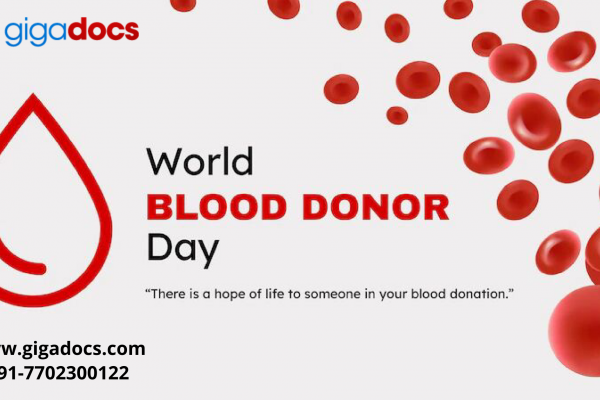The COVID-19 pandemic has bought huge challenges in providing uninterrupted patient care. Healthcare workers globally are facing psychological and emotional disturbances, violence, stigma, illness, and even death. In extreme situations, working in stressful environments can lead to stress-induced errors which can lead to patient harm.
The pandemic has redefined the critical aspects of patient safety all across the world. The pandemic is presently among the toughest challenges that humanity has faced in the healthcare crisis in patient safety. Coronavirus has exerted unprecedented pressure on healthcare systems, who can deliver critical care only if the provision of safe care to patients is available. To increase public awareness, expand the dimensions of global understanding, and promote patient safety, the World Health Organization (WHO), along with its international partners and member countries annually celebrate the World Patient Safety Day on 17 September.
The Cause of Medical Human Errors
Healthcare systems have increasingly gone complex that makes human caregivers more prone to mistakes. For instance, a patient admitted in the hospital may be administered a wrong medication because of a mix-up of medications that have similar packaging. This prescription passes through multiple channels from the doctor, to the dispensing pharmacy and finally to the nurse who may administer the wrong medication to the patient. If there had been safeguarding processes at different levels, such an erroneous mistake would have got corrected.
The absence of communication, miscommunication, verification errors, and lack of patient involvement can be attributed to the underlying factors which cause these errors to happen.
The Common Medical Errors
| Unsafe injection practices | Can transmit deadly infections, including HIV, Hepatitis B, and C. Pose a direct danger to the patient’s life and health care worker’s professional records. |
| Error in Diagnosis | Diagnostic errors are the most common medical errors. They occur in 5-10% of patients on average. These errors can cause severe harm and is a very common error observed in patients of all ages. It is so common that every patient observes at least one diagnostic error in their lifetime. |
| Transfusion practices especially among comorbidities | Transfusion errors are commonly observed among those who are seeking pre-existing medical care. Transfusion errors can be life fatal, and increase the probability of transmission of infectivity. |
| Errors in Radiation (at radiotherapy centers) | Overexposure to radiation, or wrong patient/ wrong side identification. |
| Sepsis / Septicaemia | Defined as the body’s reaction to chemicals when they go out of balance. Sepsis triggers adverse reactions that often go out of control. They are often antibiotic-resistant and may lead to deteriorating and life-threatening conditions. It effects roughly 30+ million people and is a leading cause of about 5 million deaths per year reported worldwide. |
| Blood Clots (Venous thromboembolism –VTE) | Venous thromboembolism is the most common medical errors, that can be easily prevented. They contribute to one-third of the complications that occur in hospitalization visits. Over 3.5 million patients in high-income countries and 6 million people in low-income countries are affected annually. |
Importance of Patient Safety
World Health Organisation (WHO) estimates that-
- Adverse events that are life-threatening are one of the leading causes of death and disability that occur due to medical negligence across the world.
- In high-income countries where hospital care is readily available, one in every ten patients is harmed while receiving critical care of which 50% is preventable.
- About 134 million adverse events associated with patient care occur in low- and middle-income countries. This alone leads to a staggering 2.6 million deaths annually.
- Approximately 40% of patients are harmed in outpatient health care of which up to 80% of harm is preventable. The most common errors related to patient prescription, use of medicines, and diagnosis.
- Surprisingly, 15% of the total hospital expenditure is a direct result of adverse events in OECD countries.
Medicare institutions can save significant finances, and more importantly deliver better patient outcomes when patients receive error-free Medicare. The cost of these medical errors (if they occur) is huge, estimated at US$42 billion annually. Medical errors can occur at different stages, including weak medication systems, fatigue, staff shortages. This may affect dispensing, administration, prescribing, transcribing, and patient monitoring practices. Adversely this may then result in severe harm, disability, and in extreme cases even death.
Best Practices for Patient Safety
1. Using protective gear and equipment –
In times of Covid-19, the first and foremost aspect is to use sanitizers, PPE kits, hand gloves, and facemasks while administering patient treatment. Whether it is for chronic or non-chronic diseases, doctors must wash and sanitize their hands before coming into direct contact with each patient.
2. Identifying patients correctly –
As discussed radiation-related medical errors are the most common when the patients are not identified correctly especially when patients have identical names. In such cases, medical professionals must rely on at least two patient information sources, such as name and date of birth, or name and primary contact number. This helps to ensure that patients receive the correct medication and treatment irrespective of their name, or personal details.
3. Cross-checking medicines before administration–
Medical professionals must ensure that they label all drugs, including syringes, cups, and cathedrals. They must take extra precautions with patients who are on blood thinners. The enormous number of prescription drugs on the market rises a significant error potential which may happen due to confusing generic names, branding, and packaging.
4. Avoiding surgical errors –
While administering medication, medical caregivers must follow the protocols, guided procedures, and ensure that wrong-site or wrong-person surgery events are prevented.
Accessing a Digital Doctor for Initial Consultation
Patient safety can be ensured when the initial consultation is taken via virtual consultation through a video call or a phone call. Patients can avail specialist consultation from the privacy of their homes. Gigadocs smart practice management app let’s you consult specialist doctors and avoid the initial patient safety hazard.
Gigadocs assists you to book your digital doctor, on the Gigadocs app you can record your vitals live from the privacy of your home. You can digitally store your healthcare records and prescriptions without the fear of losing them.
Book your Digital appointment and consult telemedicine doctors for your family, senior citizens. Gigadocs lets you consult seasonal infectious diseases, orthopedic specialists, dentists, pediatricians from the comfort and privacy of your home.
Download the Gigadocs app from-
- IOS App – apple.co/2W2iG4V
- Android App – bit.ly/33AQoRC
To know more and schedule a Virtual Consultation demo, e-mail, at info@gigadocs.com



